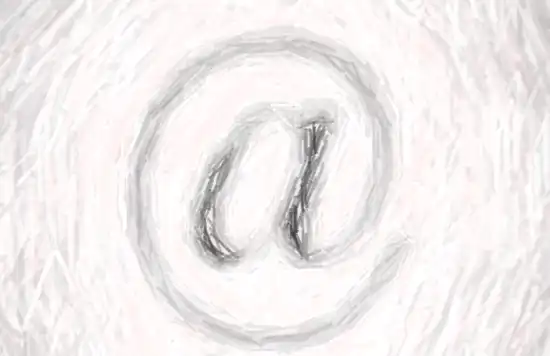From Groundbreaking Communication To Workplace Agony

The Dark Ages
Before connectivity among different computers - what we think of as the internet - messages could only be sent to different users of the same computer.
Programmer Raymond Tomlinson is credited with inventing email around 1971 when he may or may not have sent “QWERTYUIOP” as the first network electronic message. He was the first to connect his computer to his mailbox by using an “@” symbol.
Email Comes Out of the Shadows
The word "email" was first coined in 1982.
By 1985, the typical users of email were government and military employees, and students and academic professionals.
Email became mainstream with the advent of free email providers like Hotmail and Yahoo in the 1990's. Suddenly everyone wanted at least one email address, and the number of email users worldwide jumped from millions to hundreds of millions.
Email's Maturity
By 1997, email had become big business. Microsoft purchased Hotmail for approximately $400 million.
In 2003, the 77 million workers who used a computer at work said they most commonly used it to access the internet and check email.
In 2012 there were more than 3 billion email accounts across the globe, and approximately 294 billion emails were sent per day. In the US, 90 million Americans accessed email through a mobile device, with 64% doing so on a regular basis.
The Age of Unwilling Readers
Tom Van Vleck, an internet pioneer, said he was "mighty displeased" one day in 1971 when a co-worker sent a long anti-war message in a group message: THERE IS NO WAY TO PEACE. PEACE IS THE WAY.
The word “spam” was added to the Oxford English Dictionary in 1998 — not to be confused with the 3.8 cans of Spam consumed every second in the U.S.
The US government did not begin to regulate unsolicited email until 2003, when the Controlling the Assault of Non-Solicited Pornography and Marketing Act was signed into law.
An End To Email?
More than 600 million people across the globe use email. Given that a worker receives an average of 110 emails a day and spends 2 to 3 hours of their workday dealing with messages, it has become a significant drag on productivity. Entrepreneur and author James Altucher at one point counted 105,633 unread emails in his inbox.
Can there be an end to email? How will the next incarnation of communication look?
It is hard to imagine that twenty years from now people will still be mired in the unstructured, chaotic email practices we use today.
